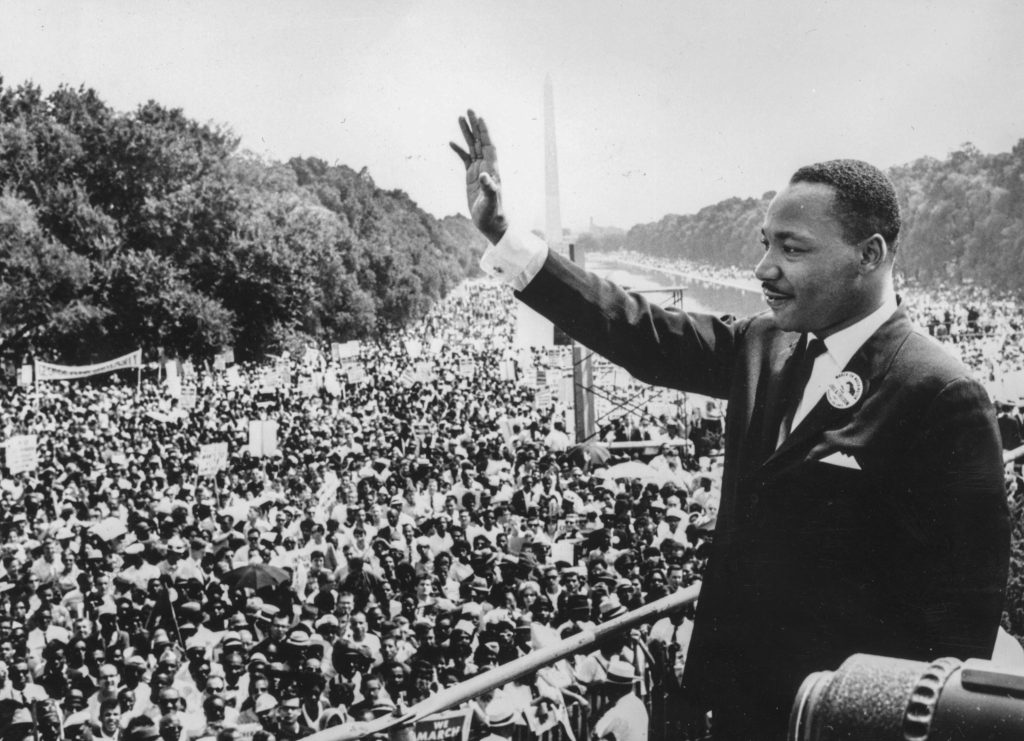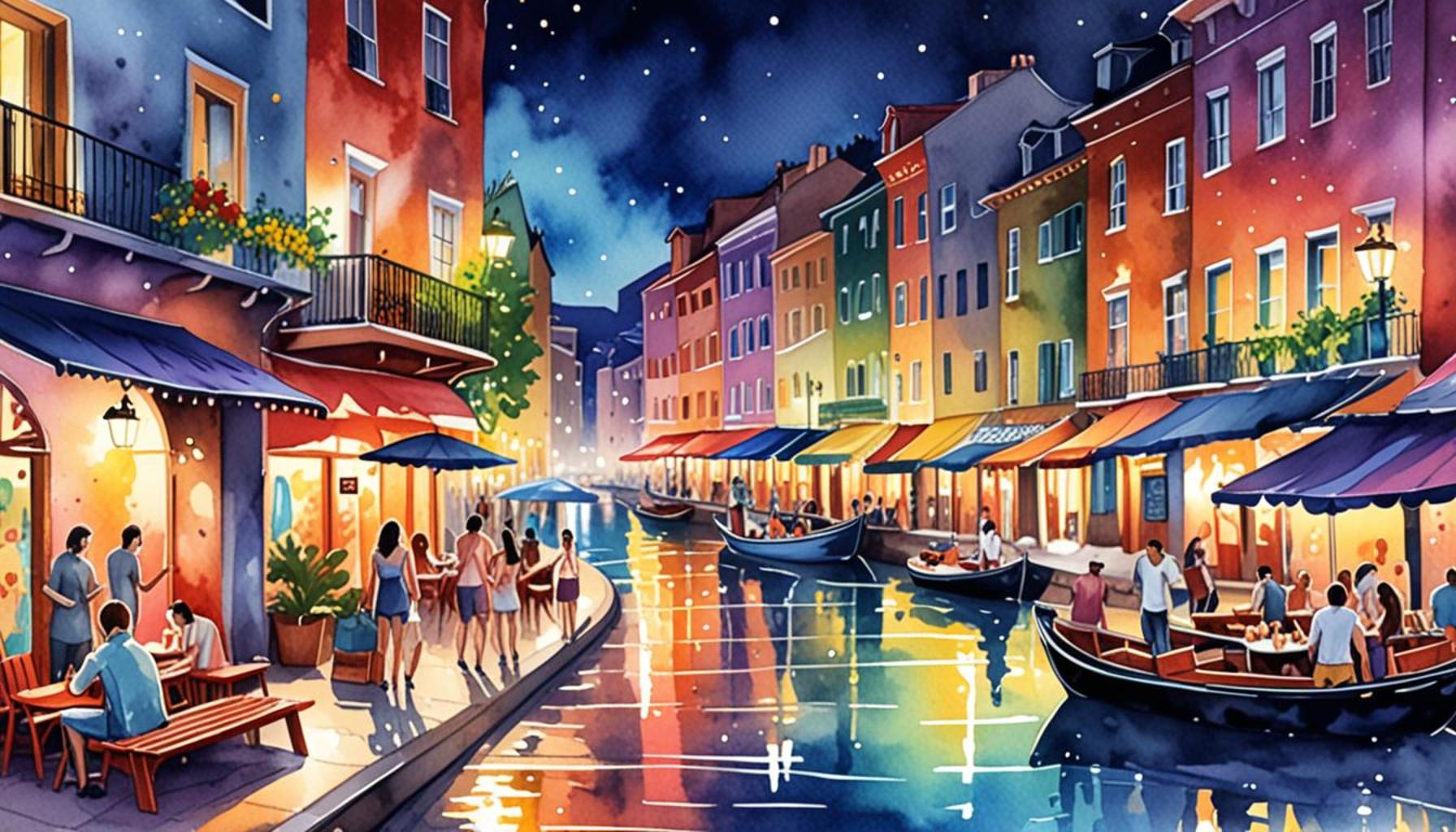Historical Experiences: Local Activities that Tell the Story of American Cities

Uncovering America’s Past Through Local Activities
Exploring the essence of American cities often reveals a tapestry woven from historical experiences. Local activities, whether they are festivals, guided tours, or interactive museums, offer a unique glimpse into the narratives that shaped each urban landscape. By participating in these activities, individuals not only gain knowledge but also become part of the ongoing story of their community.
Consider these captivating ways to connect with history:
- Living History Museums: These immersive environments allow visitors to step back in time, where actors in period costumes reenact daily life from significant moments in history. For example, Colonial Williamsburg in Virginia provides a remarkable journey into 18th-century America, showcasing trades, politics, and social structures of that era. This hands-on experience creates a vivid understanding of historical context.
- Heritage Trails: Self-guided walking or biking routes can connect one to the heart of a city’s history. Take the Freedom Trail in Boston, which leads participants through the stomping grounds of the American Revolution. As you traverse this 2.5-mile path, you encounter historical landmarks such as Paul Revere’s house and the Old North Church, enhancing your appreciation of the city’s pivotal role in U.S. history.
- Cultural Festivals: These annual events celebrate the diverse cultural heritage of local communities while showcasing unique traditions, art, and food. The Albuquerque International Balloon Fiesta, one of the largest balloon festivals globally, not only fills the sky with color but also pays homage to the area’s Native American and Spanish colonial history through art and performance. Festivals serve as living history lessons, highlighting the evolution of cultural practices over time.
These activities not only educate but also entertain, creating a deeper appreciation for local heritage. Explore a city’s past through:
- Guided Historical Tours: Expert-led experiences offer insights that might be missed during independent exploration. For example, a ghost tour in New Orleans can reveal the city’s complex history of voodoo, Spanish colonialism, and its storied past of haunted locales, making history both eerie and fascinating.
- Art Installations: Contemporary public art can often reflect historical themes, provoking thought and dialogue. For instance, the National Memorial for Peace and Justice in Montgomery, Alabama, challenges viewers to confront the history of racial terror in America, thereby fostering a space for reflection and action.
- Food Tours: Culinary experiences serve as a delicious medium to explore regional history. For instance, a tour of Philadelphia’s historic food markets, like Reading Terminal Market, offers tastes of the city while educating participants on the immigrant contributions that shaped the local cuisine, from cheesesteaks to soft pretzels.
Engaging with these local activities provides a fresh lens through which to view the complexities of American history. By stepping into the shoes of those who came before us, we can uncover the narratives that have molded our cities and culture. Every city has stories to tell; all you need to do is step outside and join the adventure.
DISCOVER MORE: Click here to dive into unique travel itineraries

Diving Deeper into Local Heritage
Across America, cities pulsate with a rich historical heartbeat, and the local activities designed to celebrate and educate about this past are essential in understanding their multifaceted stories. Participating in historical experiences enables residents and tourists alike to interact with the vestiges of bygone eras while illuminating the paths that have led to modern cultural landscapes.
Among the most compelling ways to experience a city’s history is through walking tours. These guided excursions, often led by passionate local historians or actors who embody historical figures, allow participants to engage with the surroundings in a meaningful way. The Chicago Historical Walking Tour not only showcases the stunning architecture of the Windy City but also shares tales from its notorious past, including the Great Chicago Fire and the city’s role during the Prohibition era. By walking in the footsteps of those who shaped these neighborhoods, one gains insight into the socio-political dynamics of the time.
Interactive Museums are another vital facet of local historical activities. Museums that focus on interactive exhibits encourage visitors to touch, play, and engage with history. The American Museum of Natural History in New York City, for example, not only highlights the natural world but also dives deep into the stories of immigration, colonization, and cultural exchange that define America. Through immersive displays and educational programs, museums serve as vital nodes for cultural heritage and historical education.
- Historical Reenactments: Many cities organize reenactments of pivotal historical events, enabling participants to witness history come alive. Events like the Battle of Gettysburg Reenactment draw thousands each year, plunging onlookers into the intensity of the Civil War. Such experiences unravel the complexities of conflict, heroism, and loss while providing a visceral understanding of the stakes involved.
- Cultural Workshops: Cities are increasingly offering workshops that emphasize traditional crafts, music, and culinary skills. In places like Santa Fe, New Mexico, participants can learn about Native American pottery or the craft of weaving, sustaining not only artistic skills but also the stories and traditions that have long been part of the community fabric.
- Historical Festivals: Seasonal festivals dedicated to regional history encourage communities to come together and enjoy a shared past. The Pioneer Days celebration in Idaho pays homage to the pioneering spirit, showcasing agricultural practices, music, and cultural events that honor the lives of early settlers while enriching the understanding of American resilience.
These engaging activities not only foster a connection to the past but also encourage civic pride and a sense of identity. As we delve deeper into the specific narratives of various cities, it becomes evident that every local experience is a chapter in the larger story of the nation’s history. The collective memories shared through these activities weave the narrative threads that connect generations, ensuring that the lessons of history remain alive and relevant.
| Category | Details |
|---|---|
| Cultural Tours | Explore the rich history through guided paths that illuminate past events. |
| Walking Experiences | Engage with the community while uncovering hidden stories in urban landscapes. |
American cities are a canvas of historical experiences, where every corner tells a story. One prominent way to delve into this history is through cultural tours. These guided excursions provide a unique opportunity to engage with the heritage of the locale, offering insights into pivotal events that shaped the region. Each tour whistle-stops at key landmarks, allowing participants to foster a deeper appreciation of artifacts and narratives that echo through the decades.Equally captivating are the walking experiences that invite individuals to traverse streets rich in history. This immersive approach encourages not just observation but also interaction with locals who keep the stories alive. As participants stroll through neighborhoods, they step into a living museum where tales of resilience, innovation, and transformation are shared. Such activities do not merely serve as tourism; they promote a connection to community identities, offering a profound understanding of America’s diverse cultural tapestry. This, in turn, ignites curiosity and fuels the desire to explore more about the intertwined histories of surrounding regions. Discovering American cities through these lenses not only enriches one’s travel experience but also fosters a sense of belonging to the larger story of the nation’s fabric.
DISCOVER MORE: Click here for breathtaking scenic routes
Connecting with the Past Through Unique Experiences
Moving beyond mere observation, America’s cities offer a myriad of interactive ways to connect with their historical narratives. One particularly engaging means of doing so is through public art installations that commemorate significant events or figures in local history. Cities like Philadelphia showcase murals that narrate the story of the city’s rich heritage—one notable example being the mural of the iconic Liberty Bell. Such installations transform urban spaces into open-air galleries, inviting residents and visitors alike to ponder the past as they explore the present.
Furthermore, culinary tours have emerged as a flavorful pathway to understanding cultural history. In cities with diverse immigrant populations, like Los Angeles or New York City, food tours highlight the traditions, stories, and flavors brought by communities over time. Take the New York City Food Tour in neighborhoods like Chinatown or Little Italy, which unearth the histories of these immigrant groups while celebrating their contributions to the city’s culinary landscape. By tasting dishes steeped in cultural significance, participants not only satisfy their appetites but also engage with the rich tapestries of the city’s heritage.
Another significant avenue for exploring local history is through historic preservation initiatives. Cities across the United States have dedicated efforts to preserve landmarks that capture their unique tales. For instance, the French Quarter in New Orleans stands as a testament to the city’s colonial past and vibrant cultural influences. Guided tours often focus on the architectural elements and historical events that have shaped the area, offering deeper insights into the lives of those who lived there over centuries. Preservation does not stop at architecture; it extends to ways of life, as seen through programs that maintain local dialects, music, and festivals integral to community identity.
- Local History Projects: Many cities involve local schools and community organizations in projects that encourage historical research and storytelling. Initiatives like Chicago’s Chicago History Fair allow students to present their findings on important historical figures or events, fostering a collective understanding of heritage among younger generations.
- Heritage Trails: Cities are increasingly developing heritage trails that guide visitors through neighborhoods rich in history. The Harlem Heritage Trail in New York not only highlights landmarks significant to the African American experience but also celebrates the area’s artistic achievements, from the Harlem Renaissance to jazz music’s evolution.
- Storytelling Events: Community storytelling events have gained traction in numerous cities, where individuals share personal narratives connected to the locality’s broader history. The StoryCorps project, with its engaging format, brings to life the experiences of everyday people, ensuring that even the lesser-known stories find their rightful place in the historical narrative.
These multifaceted activities not only promote engagement with history but also serve as vital platforms for communal interaction. By creating spaces for dialogue, participation, and reflection, they help to bridge generational divides while nurturing a collective understanding of cultural identity. As participants dive into these local experiences, they contribute to the ongoing conversation about what history means today and how it continues to shape the future.
DISCOVER MORE: Click here to dive into the rich musical traditions
Embracing the Tapestry of Local Histories
In exploring the rich historical experiences offered by American cities, it becomes evident that engaging with local activities serves as a powerful tool for storytelling and cultural awareness. From public art installations that breathe life into the achievements of iconic figures to culinary tours that explore the gastronomic heritages spurred by diverse immigrant populations, each experience offers insight into the multifaceted narratives that shape our urban landscapes. The commitment to historic preservation further cements these stories in the city’s fabric, allowing future generations to appreciate and learn from their local surroundings.
Moreover, initiatives such as local history projects, heritage trails, and community-driven storytelling events highlight the importance of shared memory and ownership of historical narratives. They encourage dialogue and foster a sense of belonging among residents, bridging the generational gap while showcasing the personal stories that intertwine with the broader historical context. This engagement not only preserves the past but also cultivates an awareness of how history is continually written through everyday experiences.
As individuals and communities participate in these enriching activities, they contribute to a living history that is continually evolving. By embracing local traditions and exploring the stories embedded in their cities, residents and visitors alike can cultivate a deeper appreciation for the complexities of American history. Engaging with history in such interactive and meaningful ways ensures that the past remains vibrant and relevant, guiding us as we navigate the ongoing journey of cultural identity in our urban environments.


